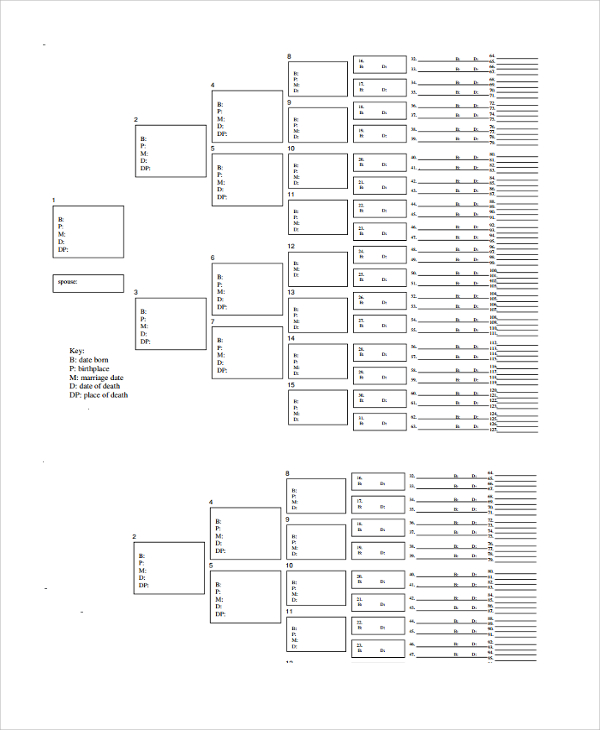

However, there is one major difference in graphic styles: their settings do not refer to ordinary text, but to graphical text - the text created when you select the Text tool in the Drawing toolbar. Many of the tabs and their features resemble those you can find in Writer or Calc.

If you do, you can make fine adjustment from the Dimensioning tab, including setting the measurement and positioning the text for the dimension in relation to the line.įont characteristics cover seven tabs. On other diagrams, you might want to use the default Dimension line to indicate the length of a line or object. You can change the connector type to be straight or curved, and adjust the angle (line skew) or offset (line spacing) of all connectors that use the current style. You can edit connectors on the Connectors tab. A connector can be positioned along the edge of any object, and changes size and shape as the objects are moved around, keeping them always connected.

If you want to show the relationships between two objects - say the rectangles in a family tree or company organization chart - you can use the connectors tool in the Drawing tool bar to connect them. In much the same way, Shadowing includes the controls to add a drop-shadow to the object (a set of characteristics that should generally be used sparingly), while the Transparency tab allows you to set not only the percentage of transparency for the object, but also create a gradient on which the degree of transparency varies.

Select one of these options from the pull-down menu, and a different set of options appears. Similarly, the area tab allows you to choose between fills: a solid color, a gradient, a cross-hatching or an image. However, the name of the tab also refers to the width of the line used to draw an object, so you can change the thickness of the line that shows a circle's circumference on the tab as well. There, you can choose from 12 different line styles ranging from invisible to continuous and fine dotted, as well as an assortment of arrows - or line endings, as they might be more accurately called, since they include circles and squares as well as arrows. These tab names hide a wealth of options that greatly affect what you do.įor instance, the Line tab is primarily the place where you can set lines and arrows for diagrams. Object characteristics are found on five tabs: Line, Dimensioning, Area, Color, and Transparency. You are usually better off searching the tabs for a setting. In addition, the Organizer tab includes a summary of all settings for the style, much like the one in WordPerfect, although at nine or ten lines, it can be intimidating to read or to attempt to locate any characteristic. There is also the Organizer tab, where you can name a style and set its parent style. These characteristics are all spread over multiple tabs in the styles window. While you could simply copy and paste an oval primitive when you need another one, by creating a style, you allow yourself the option of modifying all the objects that use the style in a matter of seconds, rather than altering each one separately.Įach graphic style is divided into three main characteristics: Object characteristics, such as line and area (color) Diagramming characteristics, which are used when you create a chart or plan, and Font characteristics, such as typeface and alignment. They are to a drawing object what paragraph styles are to a block of text in Writer. Graphic styles are found in Draw and Impress. That is especially true of graphic styles. Yet even those who are used to styles in Writer tend to overlook the styles used in other applications. Some users balk at styles, claiming they are restrictive, but no other feature repays a little organization with so much ease of use and saving of time. One of 's greatest strengths is its emphasis on styles.


 0 kommentar(er)
0 kommentar(er)
